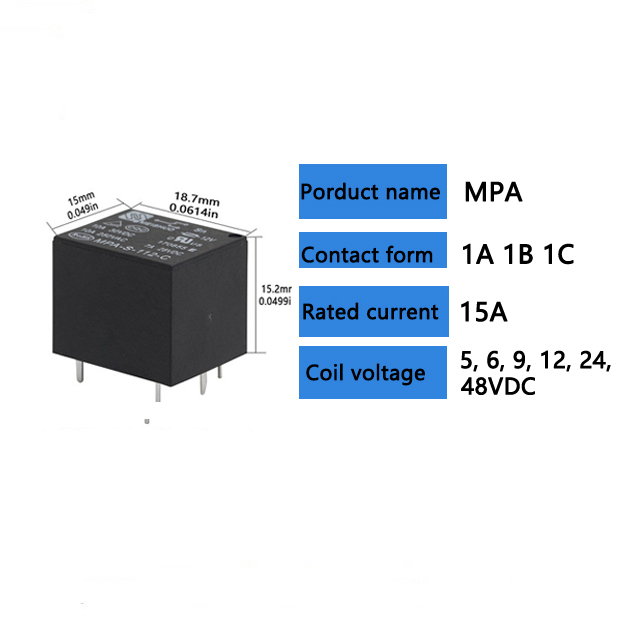relay selection in wireless communication systems: optimizing data transmission
Release time:2025-08-20 10:46:43
In modern wireless communication systems, the demand for higher data rates, improved coverage, and better reliability continues to grow. As a result, engineers and researchers have been exploring advanced techniques to optimize the performance of these networks. One such technique is Relay Selection, a critical component in multi-hop and cooperative communication systems. This article will delve into the concept of relay selection, its importance, and its applications in wireless communication.

What is Relay Selection?
Relay selection is the process of choosing the optimal relay node (or intermediate node) that will forward data from the source to the destination in a wireless communication network. Instead of transmitting data directly from the source to the destination, which can sometimes be inefficient due to long distances or poor channel conditions, relay nodes help by receiving the data from the source and retransmitting it to the destination.
The concept of relay selection is particularly useful in multi-hop communication systems where direct communication between the source and the destination is not possible or efficient. It is also an essential aspect of cooperative communication, where multiple nodes work together to improve the reliability and efficiency of data transmission.

